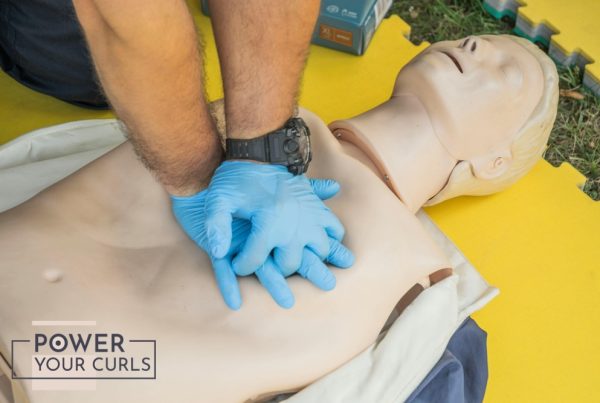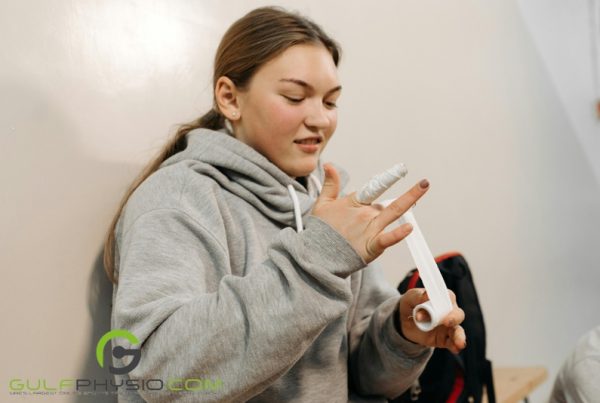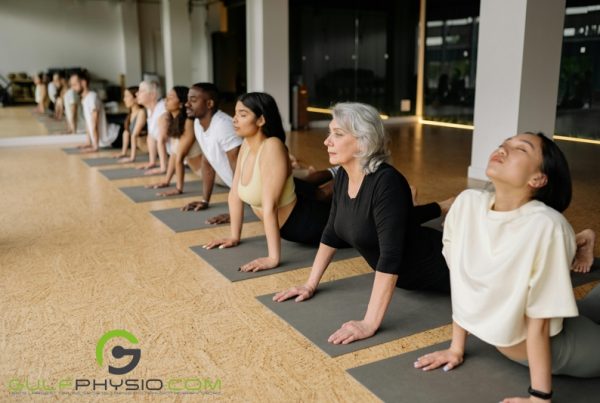Have you ever had this happen to you? You’re holding something in your hand, or you reach for something on a shelf or table only to clumsily drop it. Now you have to reach down to the floor to pick it up, but as you do you hear a concerning snap, crackle, and pop and find yourself suddenly in pain. All because you dropped something.
What if we told you you could avoid that by doing simple exercises?
What is “Hip Mobility”?
We’ve talked about the importance of your hips in previous articles and even tackled a few of the reasons why and how you should keep them healthy. In this article we’re going to discuss something a bit different, and that our dear reader is “Hip Mobility”.
Hip mobility refers to the range of motion your hips can achieve without experiencing any pain or stiffness. Hip mobility varies from person to person and can be affected by certain factors such as age, diet, and exercise.
Why Is It Important?
Now you might be thinking “My hip mobility is great! I can walk and run fine without pain!”, but hip mobility refers to much more than just your day-to-day activities, and improving it could further benefit your quality of life.
An article submitted to the National Library of Medicine by the International Journal of Sports Physical Therapy (IJSPT) suggests that “Restricted mobility can consequently have deleterious effects not only at the involved joint but throughout the entire kinetic chain.”. Poor hip mobility can also have further detrimental effects as we grow older due to the hip joint degrading. A few other effects of poor hip mobility are back pain, poor posture, knee pain, and shoulder pain amongst other things.
Working on Hip Mobility
With all that in mind, you might be wondering how to get started working on your hip mobility, and you may be surprised to learn that you can do it from the comfort of your own home!
Lying Hip Rotations
This exercise is not only great for beginners but also works as a warm-up that you can include in your daily routine.
- Lay flat on your back with your knees bent, hip distance apart.
- Take one ankle and cross it over your opposite knee.
- Rotate your knee in one direction for about 30 seconds then rotate in the opposite direction.
- Switch position to the opposite knee and repeat the rotations.
- Optional: If you require more resistance use your hand to gently press down on the floating knee as you rotate.
Seated Butterfly Stretches
This stretch is an excellent hip opener for both beginners and professionals alike. It helps loosen the lower back and hips and improves flexibility.
- Sit tall on the floor and press the soles of your feet together. Use your hands to keep them in place.
- While keeping your back straight let your knees slowly fall to the ground as far as possible.
- Use your elbow to apply pressure to your thighs for a deeper stretch. Hold the position for 30 seconds.
Standing Leg Swings
As opposed to lying hip rotations, this exercise is great as a cool-down exercise towards the end of your workout.
- Stand straight next to a wall or a railing (Or something to hold onto to maintain your balance).
- Using the leg closer to the wall, gently swing your leg back and forth, being careful not to swing too far in either direction.
- Briefly hold your leg at the top of each swing.
- Do ten repetitions of this exercise then switch to the other leg.
If you would like to know more about maintaining your hip health, read our articles “Your Hips Don’t Lie: A Dive Into the Importance of Hip Health” or “Joint Conditions In Young Adults” or learn more from our blog here.
Disclaimer
GulfPhysio.com and all of its content are for informational purposes only. All information is believed to be accurate at the time of posting and should NOT be construed as professional medical advice. Please seek a medical professional in the event of pain or injury.



